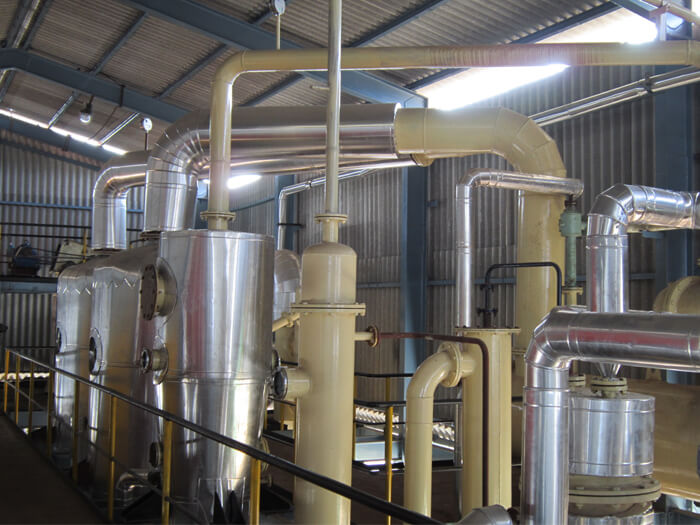C9 SOLVENT

Cyanoacrylates are a family of strong fast-acting adhesives with industrial, medical, and household uses. They are derived from ethyl cyanoacrylate and related esters. The cyanoacrylate group in the monomer rapidly polymerizes in the presence of water to form long, strong chains. They have some minor toxicity.
Specific cyanoacrylates include methyl 2-cyanoacrylate (MCA), ethyl 2-cyanoacrylate (ECA, commonly sold under trade names such as “Super Glue” and “Krazy Glue”, or Toagosei), n-butyl cyanoacrylate (n-BCA), octyl cyanoacrylate, and 2-octyl cyanoacrylate (used in medical, veterinary and first aid applications). Octyl cyanoacrylate was developed to address toxicity concerns and to reduce skin irritation and allergic response. Cyanoacrylate adhesives are sometimes known generically as instant glues, power glues, or superglues. The abbreviation “CA” is commonly used for industrial grade cyanoacrylate
General properties
Cyanoacrylates are mainly used as adhesives. Thin layers bond effectively, thick layers much less so. They bond many substances, including human skin and tissues, natural fibers, cotton, wool, and leather.
Cyanoacrylate glue has a low shearing strength, which has led to its use as a temporary adhesive in cases where the piece needs to be sheared off later. Common examples include mounting a workpiece to a sacrificial glue block on a lathe, and tightening pins and bolts. It is also used in conjunction with another slower, but more resilient, adhesive as a way of rapidly forming a joint, which then holds the pieces in the appropriate configuration until the second adhesive has set.
Cyanoacrylate-based glue has a weak bond with smooth surfaces and as such easily gives to friction; a good example of this is the fact that cyanoacrylates may be removed from human skin by means of abrasives (e.g. sugar or sandpaper).
USES
Oil has many uses; it heats homes and businesses and fuels trucks, ships, and some cars. A small amount of electricity is produced by diesel, but it is more polluting and more expensive than natural gas. It is often used as a backup fuel for peaking power plants in case the supply of natural gas is interrupted or as the main fuel for small electrical generators. In Europe, the use of diesel is generally restricted to cars (about 40%), SUVs (about 90%), and trucks and buses (over 99%). The market for home heating using fuel oil has decreased due to the widespread penetration of natural gas as well as heat pumps. However, it is very common in some areas
Environmental cleanups at such facilities are frequently complicated by the use of asbestos insulation on the fuel feed lines. No. 6 oil is very persistent, and does not degrade rapidly. Its viscosity and stickiness also make remediation of underground contamination very difficult, since these properties reduce the effectiveness of methods such as air stripping.
When released into water, such as a river or ocean, residual oil tends to break up into patches or tarballs – mixtures of oil and particulate matter such as silt and floating organic matter – rather than form a single slick. An average of about 5-10% of the material will evaporate within hours of the release, primarily the lighter hydrocarbon fractions. The remainder will then often sink to the bottom of the water column.